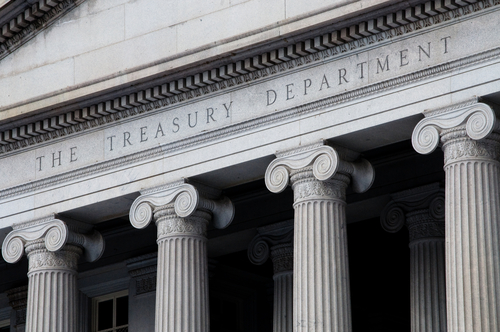The U.S. Treasury Department released a report card detailing how it has implemented federal investments in entrepreneurs and small businesses.

So how is it going? The Census Bureau released data which show that Americans have applied to start 10.5 million new businesses over the last two years, making 2021 and 2022 the strongest two years on record for new business applications. The Treasury Department has taken the lead in implementing programs and initiatives to support small businesses across all communities. It has also helped these funds reach traditionally underserved entrepreneurs and small businesses that will ensure the small business boom grows the economy in communities that were disproportionately harmed by the pandemic.
Plus, through June 2023, three Treasury Department-led programs – the State Small Business Credit Initiative (SSBCI), State and Local Fiscal Recovery Funds (SLFRF), and Emergency Capital Investment Program (ECIP) – have provided billions of dollars for projects and lending to grow the small businesses ecosystem.
The State Small Business Credit Initiative – reauthorized and expanded under President Biden’s American Rescue Plan – provides nearly $10 billion to increase access to capital and promote entrepreneurship. This includes $2.5 billion in funding and incentives to support underserved businesses and jurisdictions that are successful in reaching those businesses. To date, the Treasury Department has approved applications for capital programs representing $8.2 billion in potential funding. Further, SSBCI funding is expected to catalyze up to $10 of private investment for every $1 of SSBCI capital funding.
Also, new data released on Oct. 16 demonstrates that states, territories, and the largest cities and counties that received State and Local Fiscal Recovery Funds have budgeted 85 percent of total resources, and projects are up 18 percent compared to the first quarter of 2023. This includes over $5 billion for over 1,400 projects to support small businesses and small business development.
And through the Emergency Capital Investment Program, the Treasury Department invested more than $8.5 billion into community development financial institutions (CDFIs) and minority depository institutions (MDIs).
Alongside this report card, the Treasury Department today released an interim report on the progress the Department has made in implementing the SSBCI. It illustrates how the funding has both supported the small business boom and demonstrated a historically broad reach. The interim report highlights four small businesses leveraging SSBCI funding, including a consultancy supporting the Latino community in Pennsylvania, a woman-owned telehealth startup in Maryland, and a Tribal LLC in Alaska. This report demonstrates how SSBCI is helping to grow the economy from the bottom up and middle out, not the top down.